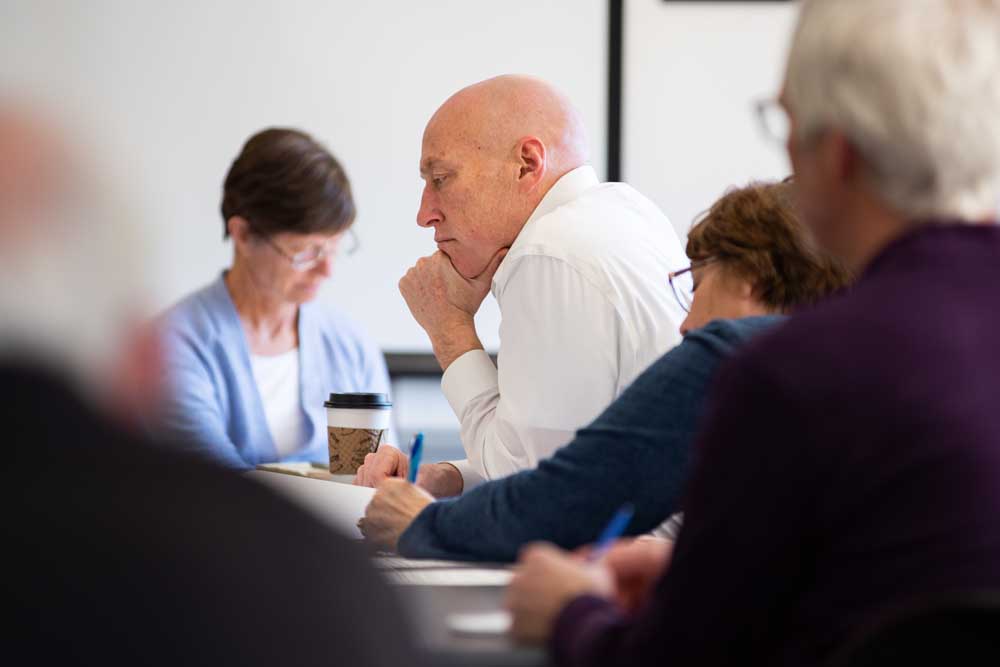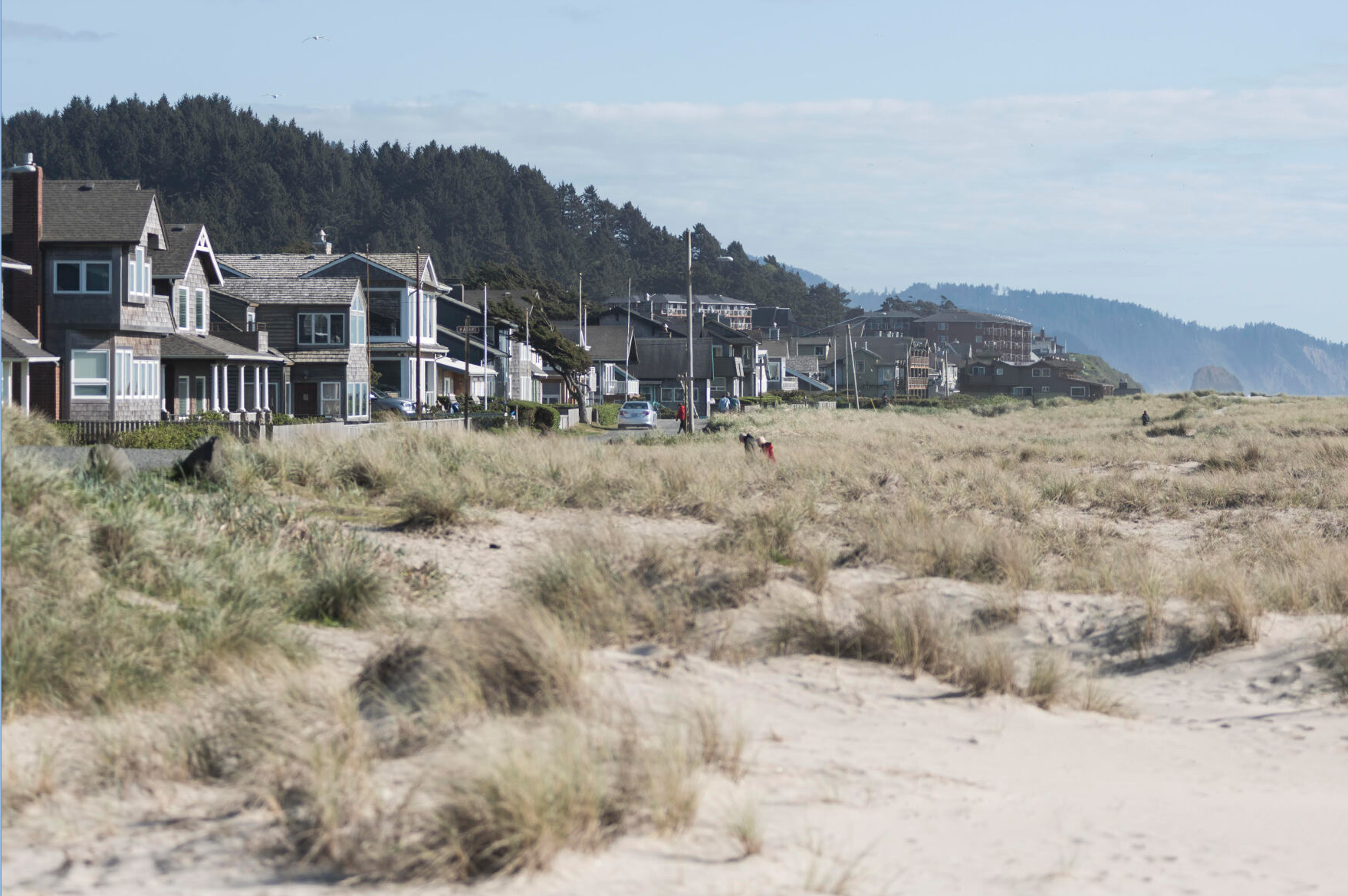Census shows fewer women running farm, ranches
Published 5:00 pm Monday, March 17, 2014
It may have been the most surprising number to emerge from the 2012 Census of Agriculture. Years of anecdotal evidence indicates women are becoming more active and are increasingly assuming leadership roles in farming and ranching. The number of women who are principal operators increased in the 2007 Census, even as the number of farmers decreased overall.
Trending
But in the 2012 Census, the number of women farm operators took a sudden downward turn. How come?
It was a little bit sadly shocking, said Beth Rasgorshek, a specialty seed grower near Nampa, Idaho. I had to wonder what were not doing to support women farmers. Thats where my mind went when I heard that.
The number of men who are principal operators also decreased, as the 2012 Census showed a 6 percent drop nationwide in the total number of farmers. But women accounted for an out-sized proportion, almost 19 percent, of those leaving the profession nationally.
Trending
The drop was especially sharp in Oregon, where the Census showed 3,114 fewer farmers overall in 2012 compared to 2007. The number of female principal operators dropped by 1,242 during that time nearly 40 percent of the decrease despite making up just 21 percent of the states farmers.
Looking for answers
The numbers caught the attention of the National Agricultural Statistics Service, the USDA branch that compiles the Census data. Dave Losh, of the NASS office in Portland, said researchers took a second look to make sure the numbers were correct they are and hope to learn more as they continue to process information. Another round of Census data is due in May, and the numbers on second- and third-level operators may give a clearer picture of womens roles in agriculture, Losh said.
In a conference call this past week, U.S. Agriculture Secretary Tom Vilsack cautioned against comparing Census-to-Census data. He said some new farmers and female principal operators may have had difficulty making ends meet and took off-farm jobs to make more money.
For now, theres conjecture. Some women believe simple demographics is a factor: The rise in women for the 2007 Census may have reflected widows or other single women taking over, and the 2012 drop indicates some sold or passed the farm to their children. Others wonder if the fallout stems from idealistic women charging into farming unprepared, and dropping away as the realities of time, money and labor came to bear.
Many, like Vilsack, believe the Census change reflects the recession years of 2007-12.
Those would have been some hard economic years in agriculture, said Susan Doverspike, a fourth-generation Burns, Ore., cattle rancher. Certainly any kind of agriculture where youre the principal operator is hard work, and if youre not returning a very good profit, its easier to go to town where you have a guaranteed income and 40 hours a week.
Even if the meaning of the numbers is unsettled, the Census gives women across the Northwest and northern California an opportunity to reflect on how theyve gotten to this point. For some, like Doverspike, its a matter-of-fact discussion. She was on horseback, checking heifers during calving season, as she spoke by phone this past week.
She and her husband, Mark, are partners in the operation. They have three sons, and have required them to get a college education and work for someone else before coming back to the ranch. Two are back at the ranch in varying capacities, and the third is finishing school.
Second career
Rasgorshek, the Nampa, Idaho, seed grower, knows three women who have given up farming in the past two years. All began farming as a second career, she said.
They came about the business every which way and decided they just couldnt make it, she said. Im 51, and I couldnt imagine trying to start farming now. I admire these women who do it as a second career, but its hard.
Rasgorshek comes from an Idaho farm family. While living in Portland, she helped start what eventually became the Zenger Farm, a small, non-profit urban operation that serves as a training ground for beginning farmers and students.
She returned to Idaho in 1999, and her Canyon Bounty Farm has seven tillable acres. She grows organic beans, watermelon, peppers, leeks, onions and flowers for seed, working on contract with several seed companies. She diversifies her revenue stream by grinding whole wheat flour. Previously, she raised plant starts in a greenhouse.
I always say my greatest asset is that I was raised in a farm family, she said, talking while sorting seeds. You learn by osmosis when you grow up talking about farming at the dinner table, she said.
Thats something non-farmers have a hard time understanding, said Camille Hukari, a retired orchardist from Hood River, Ore.
Ag as an occupation
It has nothing to do with women versus men and everything to do with ag as an occupation, she said. In those 30 years of farming I never had anyone outside the business tell me, Thank you for growing our food to eat.
Part of the downturn, men or women, can be traced to a regulatory atmosphere that makes farming difficult, Hukari said.
Youre constantly on the defensive, she said. You try to defend yourself, you try to explain yourself, to the people who make the rules. Its a battle you dont win.
Other businesses can relocate when times get tough, but You cant pick up your family farm and move it to Chile, she said.
Hukari, part of an extended farming family that emigrated to the U.S. from Finland four generations ago, did all the usual work in the family pear orchard growing up, then left for college and a business career in Arizona.
In 1983, her parents called her home with an offer to run the family pear orchard. She accepted, but found it tough to crack the good old boy network that ran farming in the valley. It took her three tries to win election to the Growers and Shippers Association board, and she was the first woman on the Pear Bureau as well. Even fellow growers who had known her since kindergarten told her she couldnt hack it because she was a woman.
Faced with losing money on pears, she tore out an old orchard, sold some land to a high school classmate and diversified. She put in berries, flowers, wine grapes and sold fresh market fruit, betting on tourism and operating from the century-old home shed grown up in: the Gorge White House. She sold the business in 2012 and retired.
None of it was easy. In the early years she could count on one hand the number of women orchardists. Of those I was the only one who got on the sprayer, had my pesticide license and did it all, she said.
Because of us that industry is wide open, Hukari said. It was not before.
Taking over
Joan Estes, 70, became the principal operator of a 21-acre orchard and fruit stand 12 miles north of East Wenatchee, Wash., when her husband, Jim, died unexpectedly of a heart attack in 1996. He was 56 and she was 51.
Your world falls out from under you, she said.
She and her husband had been among the last wave of migrant farmworkers who came to the Wenatchee area from Arkansas. They stayed, settled and made it their home.
We enjoyed working together and the thing that got me through when he passed away was the work, she said. Ive worked all my life and cant imagine doing anything else. Im not one of those who can just go in and sit down and do nothing and he was the same way.
Shes winding things down. She leases the orchard now, splitting the fruit, and sells fruit and flowers at a stand in the summer. But its getting harder to keep things up, and shes thinking about selling.
The declining number of farm operators, men and women, may be just because its hard work. Sometimes it doesnt pay too well, she said. I wouldnt want my grandchildren, I dont think, to work as hard as I have unless they want to.
Horse breeder Katie Breckenridge, of Picabo, Idaho, said women have become more accepted in the ag world in the last 10 years, but still have a steeper road to climb in proving themselves.
Quietly, they are the backbone of agriculture, Breckenridge said. They do the books, drive the tractor, calve the cows, shovel the pens, and take care of the household.
We come home and take a shower, curl our hair and are the life of the dance floor, she said. And we make it all look easy.
She grew up on a family farm and sheep operation in Twin Falls, got her first horse when she was in fifth grade and realized riding, showing and training were her lifes passions.
Nonetheless, she got a teaching degree from Colorado State University as a backup.
I came home, put it in a drawer and never used it, she said.
In 1971, she started her own operation, living in a sheep camp wagon on 1,800 acres of sagebrush. She bought the ranch from her dad about 20 years ago, and over time developed a working cow horse, crossing pedigree working horses with pedigree race horses. Breckenridge now has 92 head of fifth-generation horses. She also runs cattle and sheep, raises organic hay and owns a real estate business with her husband, Rob Struthers.
Breckenridge said the challenge for women has been learning to communicate and present themselves. As they gain confidence, theyre more easily able to be and show who they really are, she said.
I really see it in young women, she said.
Staff reporters Dan Wheat, Sean Ellis, Carol Ryan Dumas and Tim Hearden contributed to this story.
That may include Carolyn Schiver, a student at California State University-Chico.
I know that when Im older, Id like to have my own small operation, said Schiver, a native of Atwater, Calif. I grew up on an almond ranch, and I would like to go back home, and maybe do a father-daughter business.
Staff reporters Dan Wheat, Sean Ellis, Carol Ryan Dumas and Tim Hearden contributed to this story.









